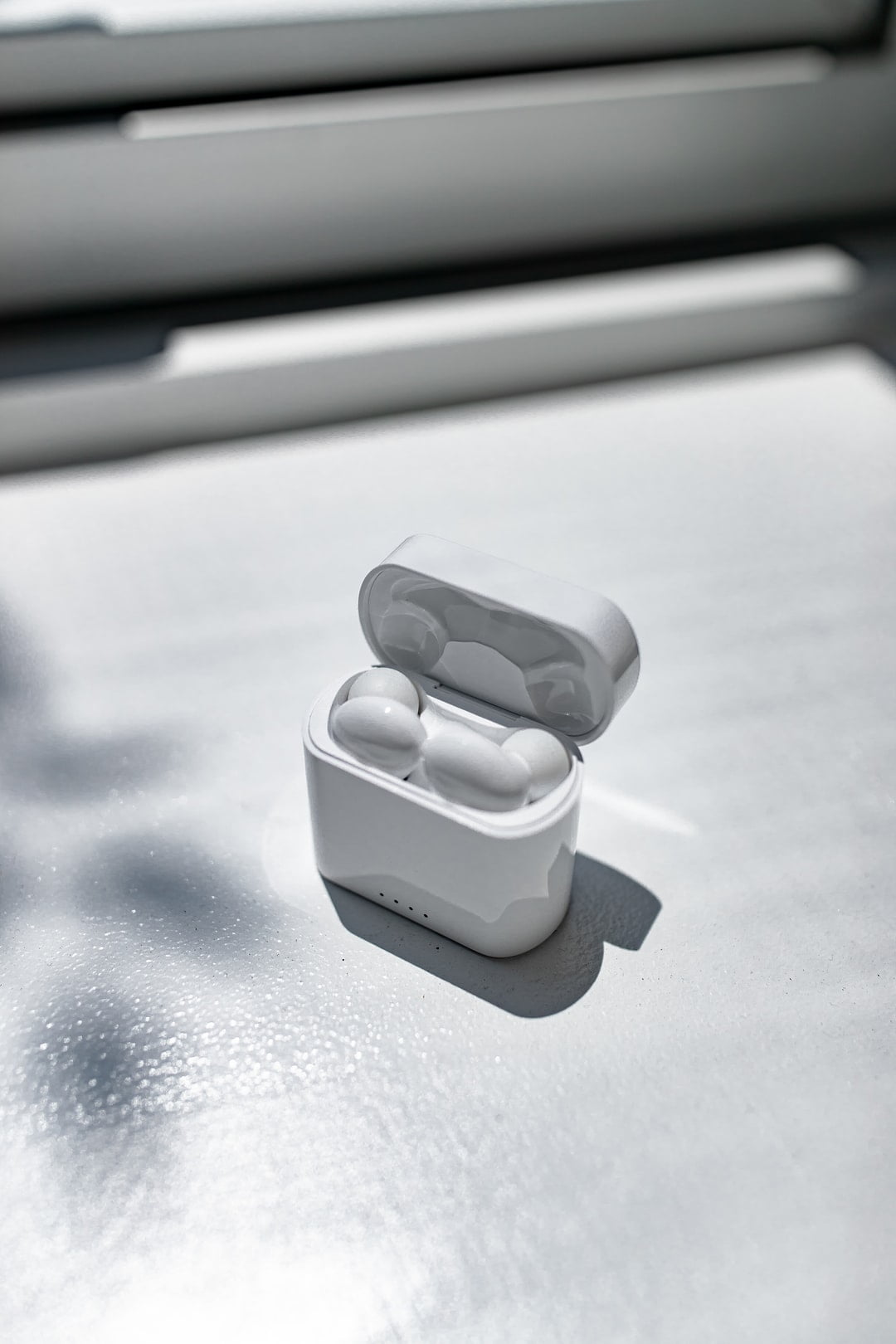As the world of online business continues to evolve, so too must the strategies we use to ensure our websites are as effective as possible. One area that is becoming increasingly important is user experience (UX).
User experience is all about making sure that your website visitors have a positive experience when they interact with your site. This includes everything from the overall design and layout of your site to the individual elements on each page.
optimizing your UX can have a significant impact on your conversion rate. In fact, even small improvements can result in big increases in revenue.
So, how do you go about optimizing your UX? In this guide, we'll cover some of the key areas you need to focus on. We'll also provide some valuable tips and resources that will help you get started.
A user experience (UX) is about how a person feels when using a product, system or service. It's the sum of all the interactions someone has with your company, from their first meeting with your brand, through to becoming a long-term customer or advocate. Creating a great UX is essential to keeping people engaged with your product and coming back for more.
A customer experience (CX) is the overall impression a person has of your company, based on their interactions with you at every touch point. This includes pre-purchase activities like research and comparison shopping, as well as post-purchase support and follow-up care. CX also factors in things like customer service, product quality and branding. Creating a positive CX is important for both acquiring new customers and retaining existing ones.
Though they are closely related, there are some key differences between UX and CX. User experience focuses on how easy or difficult it is to use a product or service, while customer experience encompasses all aspects of the client's journey from start to finish. Customer experiences are also influenced by factors that have nothing to do with your product or services, such as social media reviews, competitors, and general economic conditions.

The user experience is all about how a person feels when using a product or service. It encompasses everything from the initial awareness of a need or problem, through to post-purchase support and feedback. A good user experience is one that leaves the customer feeling satisfied and happy with the purchase they have made.
There are four key stages to the user experience:

Almost all businesses have a website these days and, whether they realize it or not, their website’s user experience (UX) is one of the most important factors in determining whether or not a visitor takes the next step and converts into a customer or client.
A good UX means that visitors can easily find what they’re looking for on your site and that your site provides an enjoyable experience that keeps them coming back. On the other hand, a poor UX can result in potential customers leaving your site without taking any desired actions.
There are many different elements to consider when optimizing your website’s UX, but some of the most important are navigation, design, content, and speed.
Making sure your website is easy to navigate is crucial in keeping visitors engaged. All too often, sites have confusing menus or bury their most important pages several clicks deep. If someone can’t figure out how to get from Point A to Point B on your site, they’re likely to give up and go elsewhere. Streamlining your navigation will help keep visitors moving through your site so they can take the action you want them to take.
In addition to being easy to navigate,your site should also be designed in a way that is visually pleasing and easy to understand. Visitors should be able to quickly scan your page and know what your business is about and what you’re offering.
Your site’s content is also important in keeping visitors engaged. All of your text should be well-written and free of typos or grammatical errors. In addition, it should be clear, concise, and informative. bore people with long paragraphs of text or try to stuff too much information onto one page. If you break up your content into smaller chunks, it will be easier for visitors to digest and they’ll be more likely to stick around.
Finally, speed is another important factor in UX optimization. No one wants to wait around for a slow website to load, so make sure yours is running as smoothly as possible. If you have a lot of large images or videos on your site, consider compressing them so they load faster.
There are many factors to consider when optimizing your user experience. Here are a few tips:

There are a number of ways to measure the success of your user experience optimization efforts. One way is to look at the engagement metrics for your website or app. This includes things like time on site, pages per visit, and bounce rate. If you see an improvement in these metrics after making changes to your user experience, then you know those changes were successful in increasing engagement.
Another way to measure success is through conversion rates. If you make changes that improve the usability of your website or app, then you should see an increase in conversion rates. This could be reflected in an increase in sales, signups, or another desired action that users take on your site or app.
You can also use surveys and polls to get feedback from users about their experience with your site or app. This qualitative data can give you insights into what improvements users think need to be made and whether they found the overall experience satisfying.
There are many companies that have successfully optimized their user experience. A few notable examples include Apple, Google, and Amazon. Each of these companies has made a significant investment in user experience research and design. As a result, they have created products that are incredibly easy to use and enjoy.
Apple is widely considered to be the king of user experience design. Their products are simple, elegant, and just work. No matter what you want to do with an Apple product, it is easy to figure out how to do it. Even better, once you learn how to do something on one Apple product, you can usually apply that knowledge to other Apple products with little effort. This makes for a very consistent and enjoyable user experience across all of their products.
Google is another company that has done an amazing job with user experience design. Their search engine is incredibly easy to use and provides relevant results every time. They have also designed many other helpful products like Gmail and Google Maps that make our lives easier on a daily basis. Plus, they are always experimenting with new features and designs so that their users can always expect the best possible experience from them.
Amazon is another example of a company that has nailed the user experience. Their website is easy to navigate and they offer an incredible variety of products. They also make it easy to find what you are looking for with their search engine and customer reviews. Plus, they offer great customer service so that if you have any problems, you can easily get help.
User experience, also known as UX, is the process of designing and improving the overall experience a user has when interacting with a company or product. This includes everything from how easy it is to find what they're looking for on a website, to how satisfied they are with the final purchase. Improving UX can have a big impact on a company's bottom line and competitiveness, which is why more and more businesses are prioritizing it.
There are many different aspects to consider when optimizing UX, but one of the most important is making sure that users can easily find what they're looking for. This means having a well-organized website with clear navigation and helpful search functionality. It also means providing relevant and targeted content throughout the user journey so that users don't get frustrated or lost along the way.
Another key part ofUX optimization is ensuring that users have a positive experience when interacting with your company or product. This means considering things like customer service, return policies, packaging, and even just general attitudes towards customers. Creating a positive customer experience will not only keep people coming back for more, but it will also encourage them to tell their friends and family about your business.
There are lots of small things you can do toimprove UX, and the best way to figure out what will work for your business is to experiment and get feedback from your users. So don't be afraid to try something new, and always be open to ways that you can improve the overall experience for your customers.

User experience (UX) is all about how a person feels when using a product, system or service. It's about the look, feel and ease of use of the product. Creating a good user experience is important for any company that wants to keep its customers happy and loyal.
If you're interested in learning more about UX optimization, there are plenty of great resources out there. Here are just a few:
User experience is a huge topic that covers a lot of different areas, from design and usability to psychology and research. This blog post covers some of the key points that every UX designer should keep in mind when designing for their users.
First and foremost, it’s important to always keep your users in mind. What are their needs and how can you design your product or service to meet those needs? It’s also important to make sure that your designs are user-friendly and easy to use. no one wants to use something that’s confusing or difficult to navigate. Finally, don’t forget the importance of testing! Always test your designs with real users before launching anything publicly. By following these simple tips, you can ensure that you create a great user experience for all of your users.
Thank you for taking the time to read this user experience guide. We hope that it will be helpful in improving your overall experience with our product. If you have any questions or feedback, please don't hesitate to contact us. Thank you again for your time and interest.

As you can see, there are many ways to optimize your user experience for increased conversions. By following the tips in this article, you can create a more user-friendly website that will lead to more sales and repeat customers.